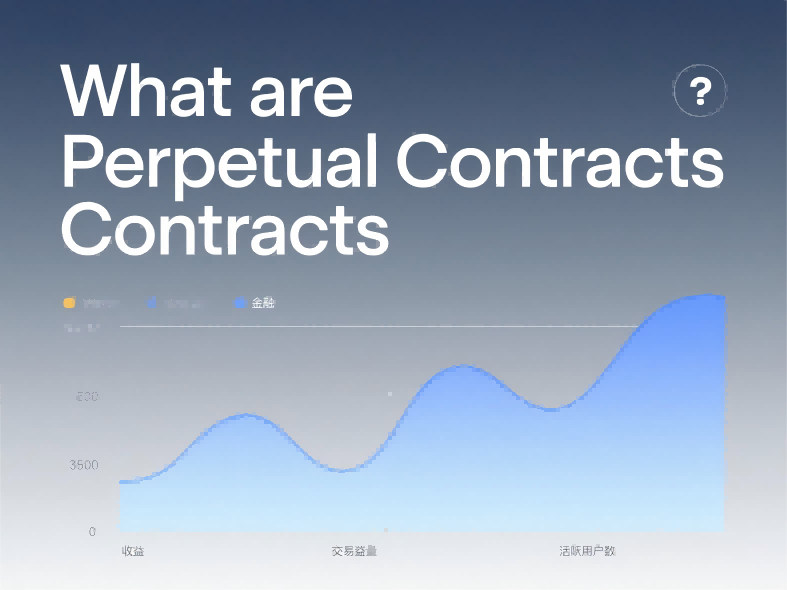Crypto trading can be a wild ride. But if you're even a little bit deep in the scene, you’ve probably heard about perpetual contracts—or perps, as most traders call them. They're a go-to for seasoned pros and crypto degenerates alike. But what exactly are they, and why do so many traders use them instead of regular spot trading or traditional futures?
Here’s a straightforward breakdown that strips the jargon and explains why perpetual contracts have become a core feature in the world of crypto derivatives.

A perpetual contract is a type of derivative that lets you speculate on the price of an asset—like Bitcoin, Ethereum, or even altcoins—without ever owning it and without worrying about an expiration date.
That’s the key difference between traditional futures and perps: perpetual contracts never expire. You can hold the position for as long as you want—minutes, days, or even months—without being forced to settle.
So imagine this: you believe Bitcoin’s price is going to pump. You open a long position using a perp contract. If it goes up, you pocket the profit. If it drops, you take the hit. All without owning a single satoshi.
Perpetual contracts are popular for a few reasons, especially in crypto:
Platforms like Binance, Bybit, and Hyperliquid built entire ecosystems around perpetual contracts. Some traders even prefer perps over spot trading because they offer more control over risk and reward.
Since perpetual contracts don’t expire, there has to be a way to keep their prices close to the spot market. That’s where funding rates come in.
Every few hours, traders pay or receive a small fee based on the difference between the perp price and the spot price. If the perp is trading above spot, longs pay shorts. If it’s below, shorts pay longs. This system nudges prices back toward equilibrium and prevents extreme gaps.
It’s a clever incentive loop that keeps markets honest—though it can surprise new traders who don’t factor it into their P&L.
When Bitcoin broke past $70,000 in mid-2024, perpetual contracts saw massive spikes in volume. Retail and institutional traders alike were piling into long positions, betting on the momentum. Platforms reported record-high open interest, and funding rates flipped positive fast.
Some traders locked in huge profits by timing the rally perfectly. Others got liquidated within minutes due to over-leveraged positions. It was a textbook example of the power—and danger—of perps.
Perpetual contracts are powerful tools, but they come with real risks:
The key? Use tight risk management. Set stop-losses. Understand position sizing. And never risk more than you can afford to lose. Seriously.
Whether you’re a day trader hunting short-term moves or a swing trader looking for longer-term exposure, perpetual contracts offer flexibility you can’t get with traditional futures. They're tailor-made for crypto’s unique rhythm—and they’ve become an essential tool in any active trader’s arsenal.
And as decentralized perp platforms gain traction (like dYdX, GMX, and others), the landscape is expanding. You no longer need a centralized exchange to get in on the action.
“Perpetual contracts give you the edge—if you know how to handle the blade.”
Learn the mechanics. Master the tools. Then trade the trend or fade the hype—on your own terms.
If you're serious about stepping into the crypto derivatives world, understanding perps isn't optional. It's essential.
Spot trading is straightforward: you buy an asset like Bitcoin, Tesla stock, or gold, and you profit if the price goes up
Read MoreTrading has always carried an air of possibility. The idea of turning a well-timed decision into a life-changing profit a
Read MoreStart your CFD trading
Your All in One Trading APP PFD